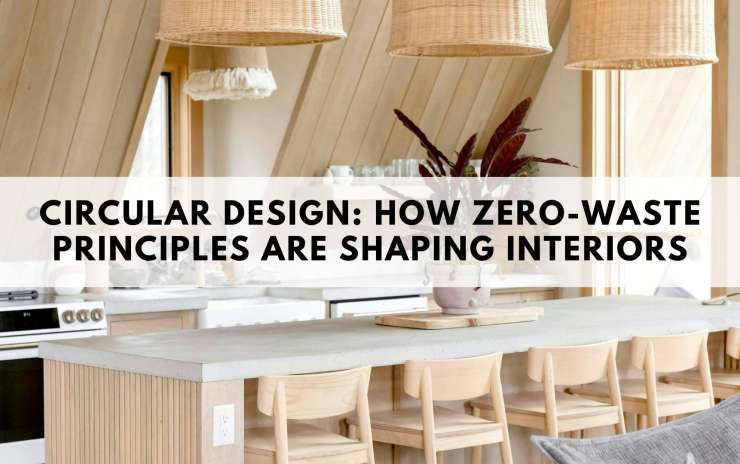In a world obsessed with speed, where trends change overnight and consumerism thrives on instant gratification, slow design is emerging as a powerful counter current. Rooted in mindfulness, sustainability, and craftsmanship, this design philosophy invites us to reflect and create with purpose. For students exploring art and design education abroad, understanding the principles of slow design is essential as it shapes not only how we make things but also how we think about creativity, culture, and the environment. Understanding the Slow Design Movement…









